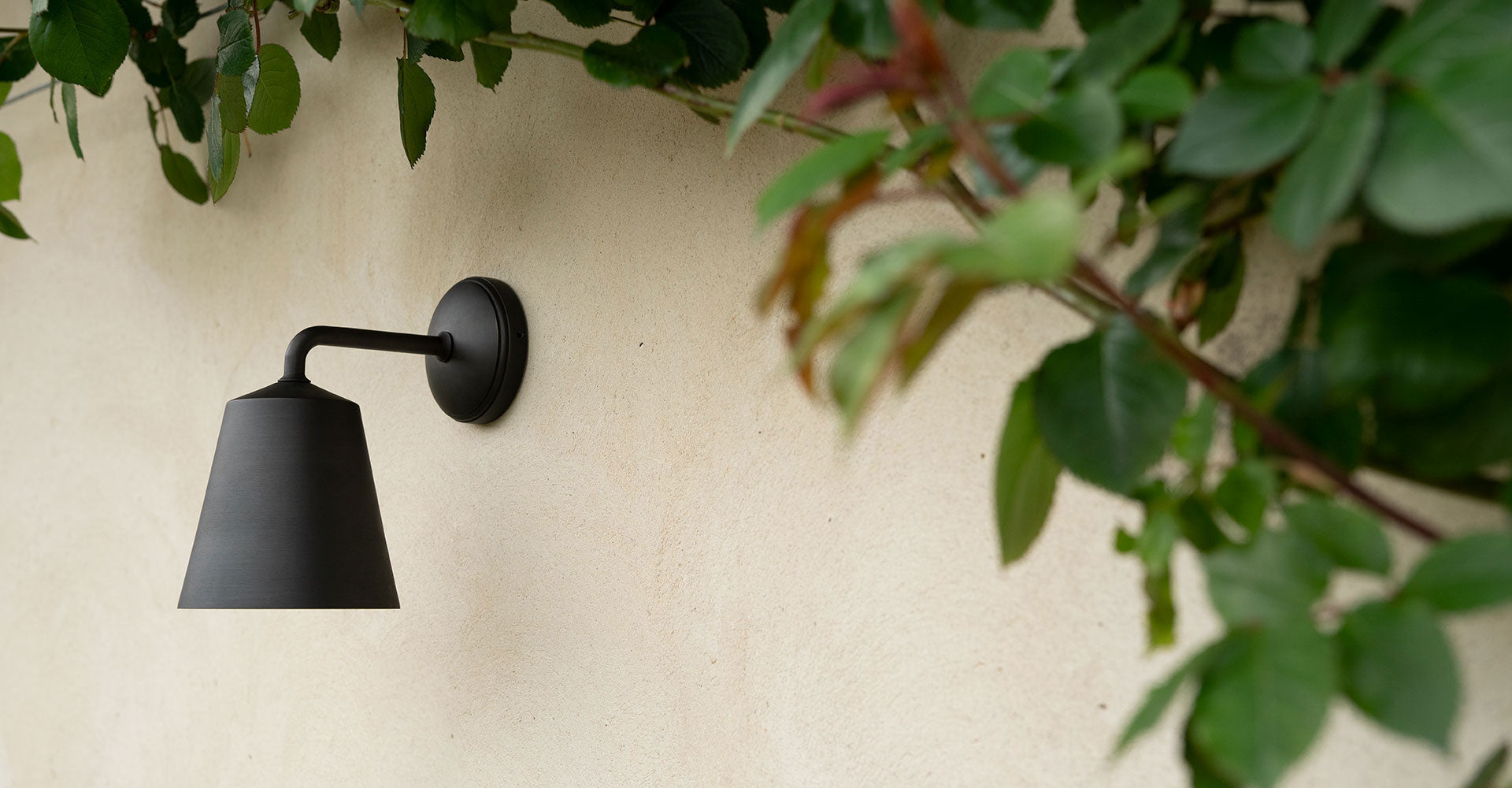12714
€137,50

Whether you're after practical targeted lighting or a calming atmosphere, we've got you covered.






Published on 2nd September 2022